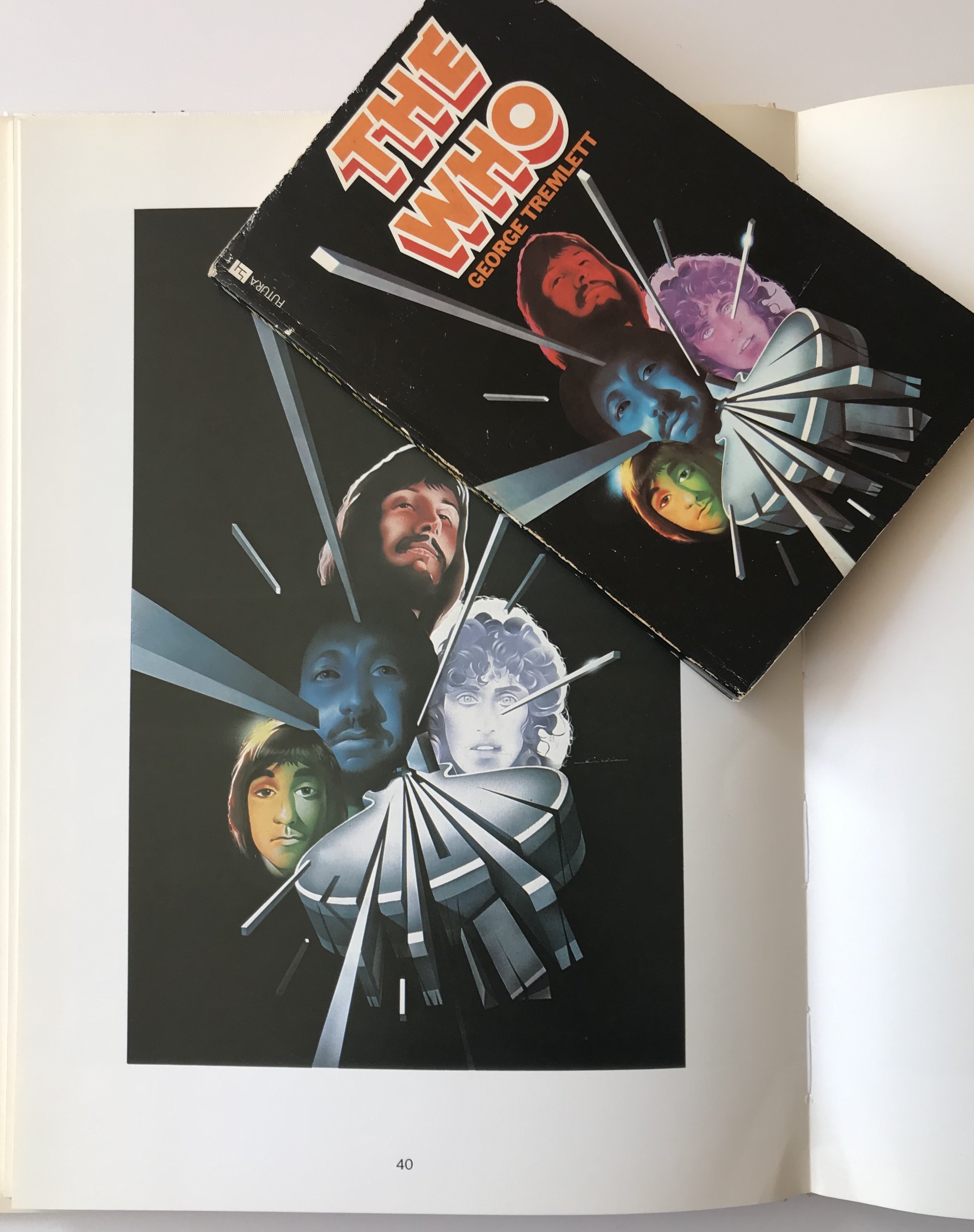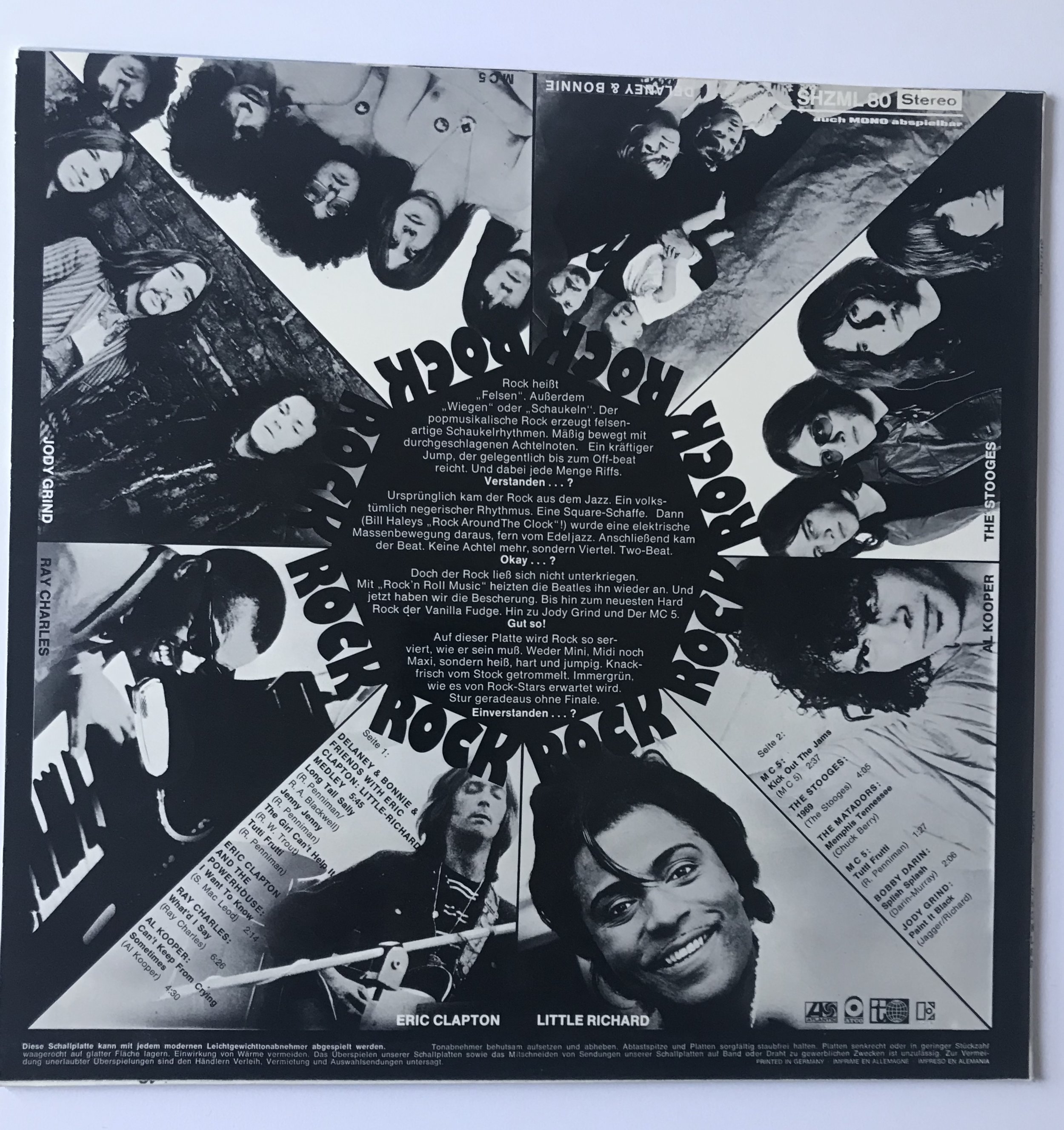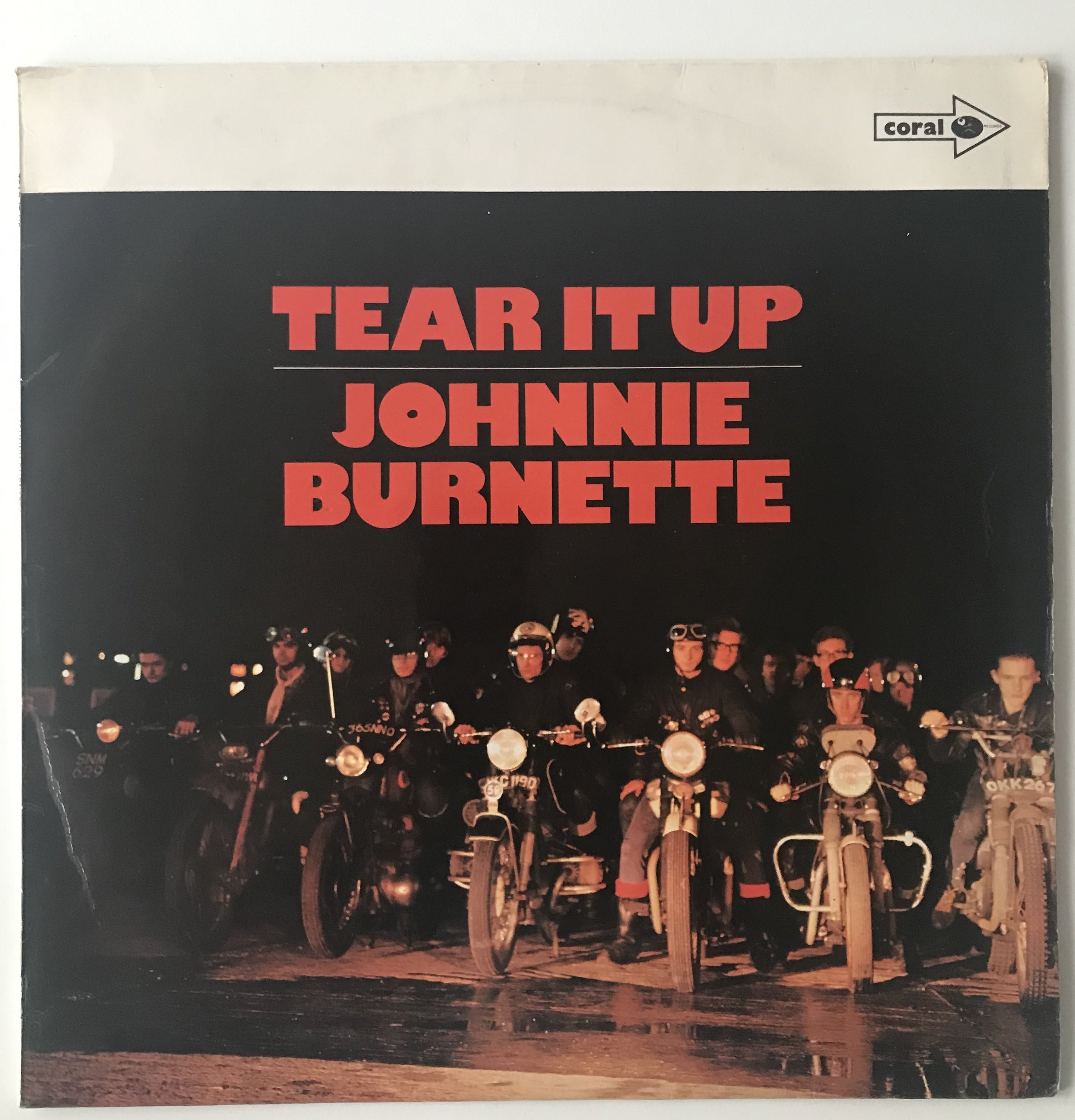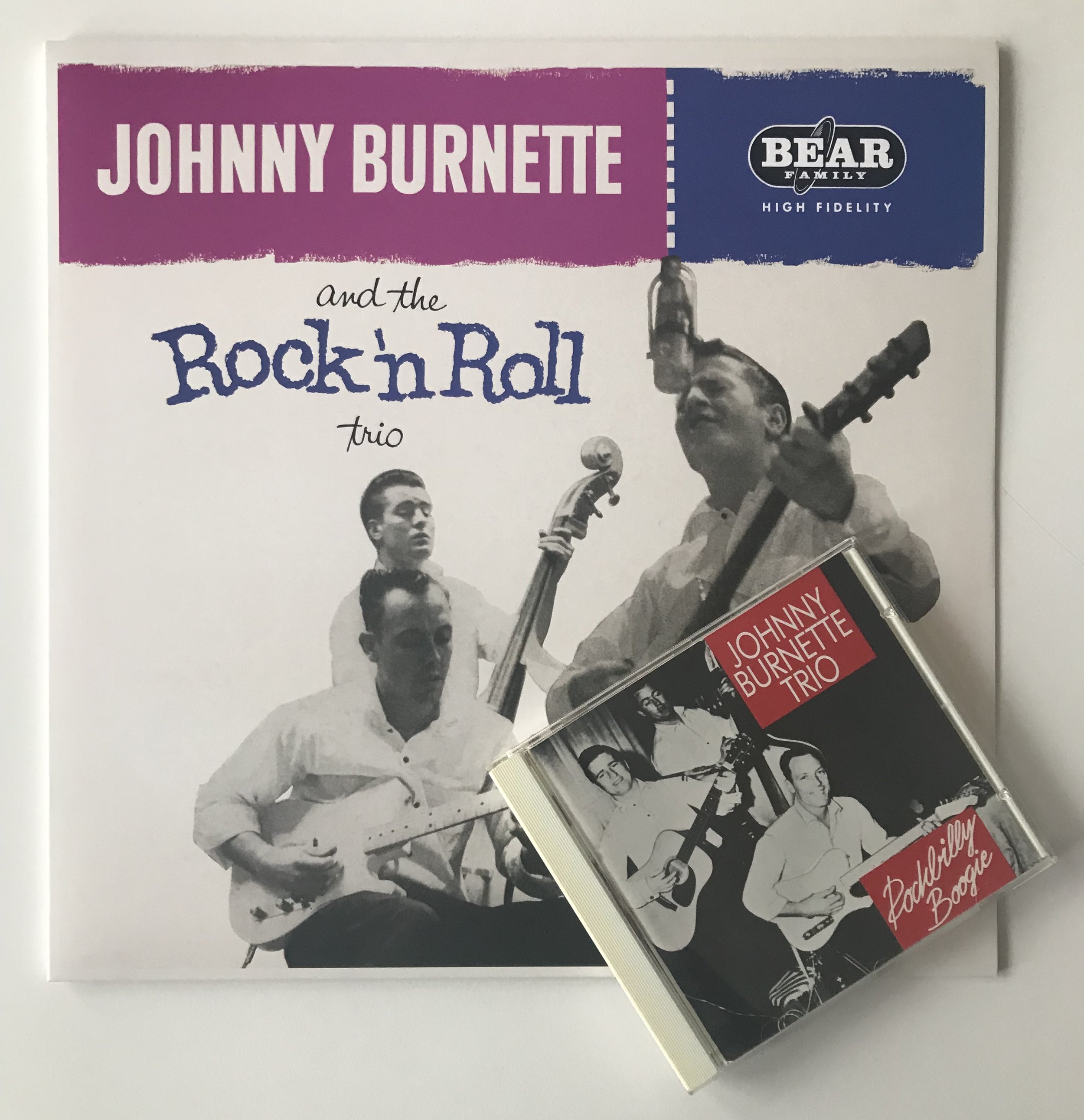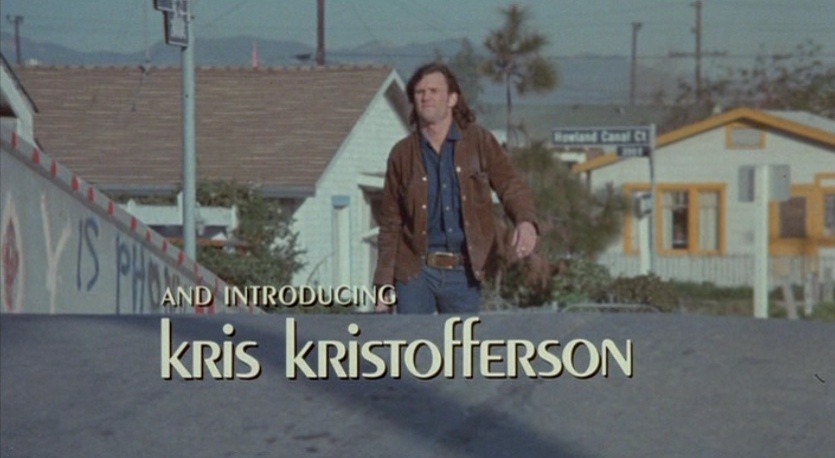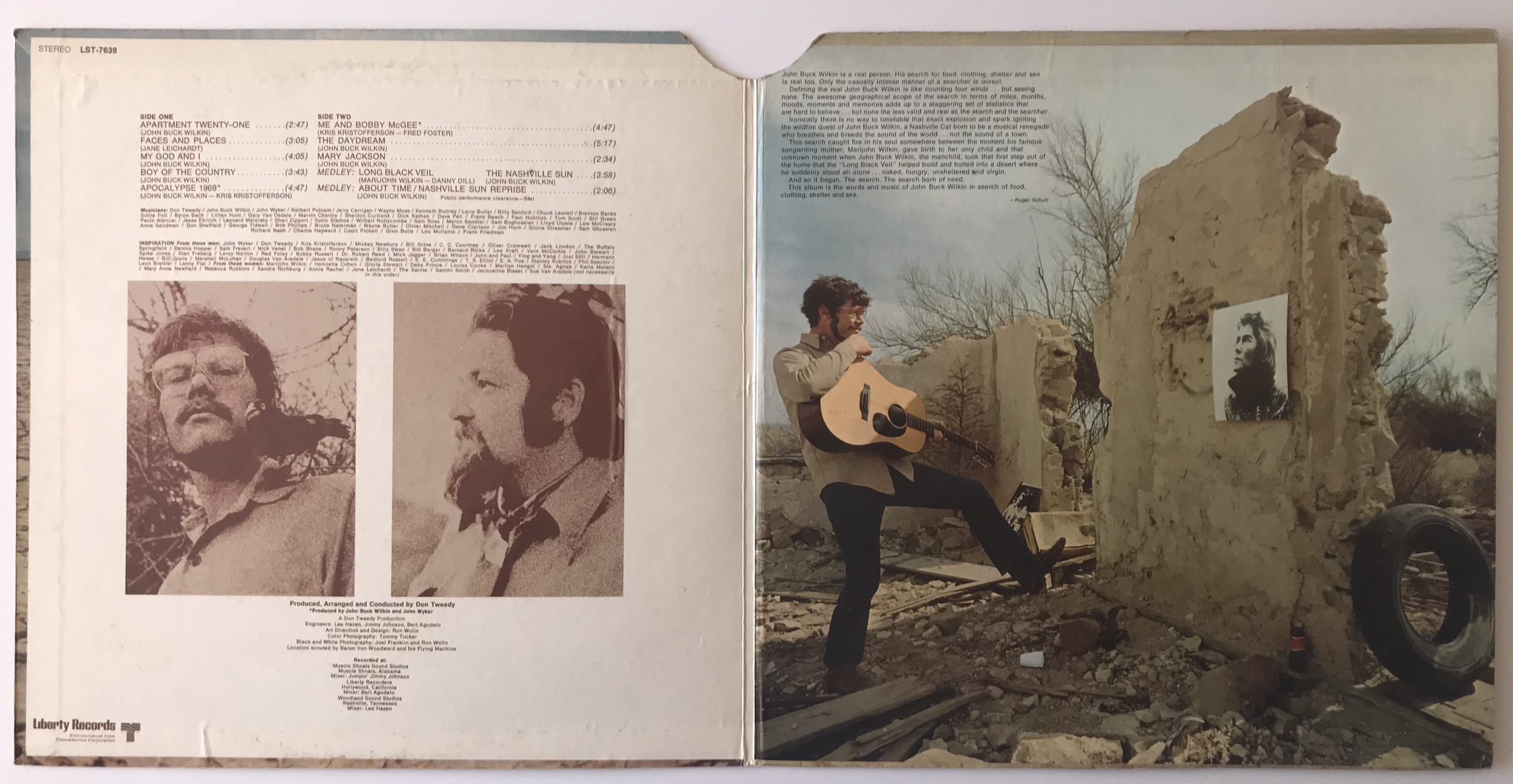1974 Dutch only collection of R ‘n’ R hits on the Arcade label, as seen on TV or ‘Van de Radio en TV-Reklame.’ Clearly an attempt to ride on the back of the American Graffiti phenomenon, which is more than a guess because lead track, side 2, Flash Cadillac’s ‘At The Hop’ is tagged as ‘Featured in the Universal Picture American Graffiti.’ The album’s pulling power is boosted by two commissioned Philip Castle illustrations placed on the inside and the outside of the gatefold.
The originals, unadorned with graphic and track information, are reproduced in his 1980 collection Airflow (Paper Tiger).
Castle remains best known for the work he did on Kubrick’s Clockwork Orange publicity materials, where his clear affinity with the fetish pieces of Pop artist Allen Jones was put into play [here]. When he wasn’t taking adolescent delight in rendering phallic objects, jets and cars, threatening full penetration with a fifties styled pin-up airbrushed into a hard chrome sheen, he specialised in retro-fitting the decade’s icons, James Dean, Johnny Cash and Elvis, as man-machine conflations for the 1970s. The women, Monroe, Hayworth, Fawcett-Majors, Dolly Parton are offered to the male gaze as android fuck machines.
Mott the Hoople’s essential 1972 collection of Island era recordings, Rock and Roll Queen, is wrapped in one of Castle’s illustrations. The repeating mirror images of Monroe reducing Pop Art iconography to a set of fast-dry, hard, scratch-proof textures that reflects back only its own vacuous surface qualities.
When the first UK paperback edition of Cohn’s Pop from the Beginning was being readied in 1970, Castle must have looked like the perfect choice to render the flash of the pop moment, five years later with the cover for George Tremlett’s cut n’ paste job, The Who, his work had become all formula.







